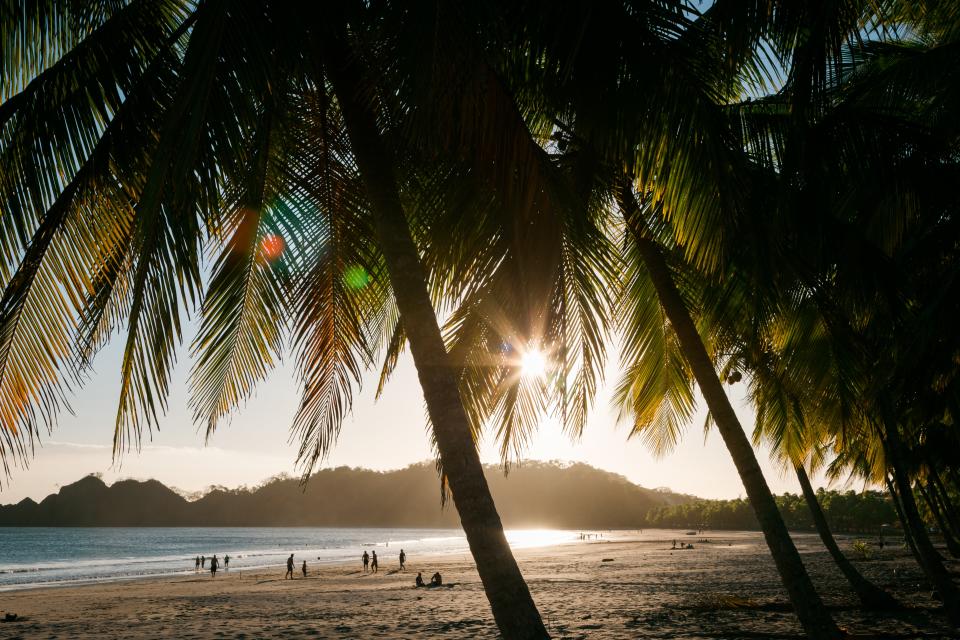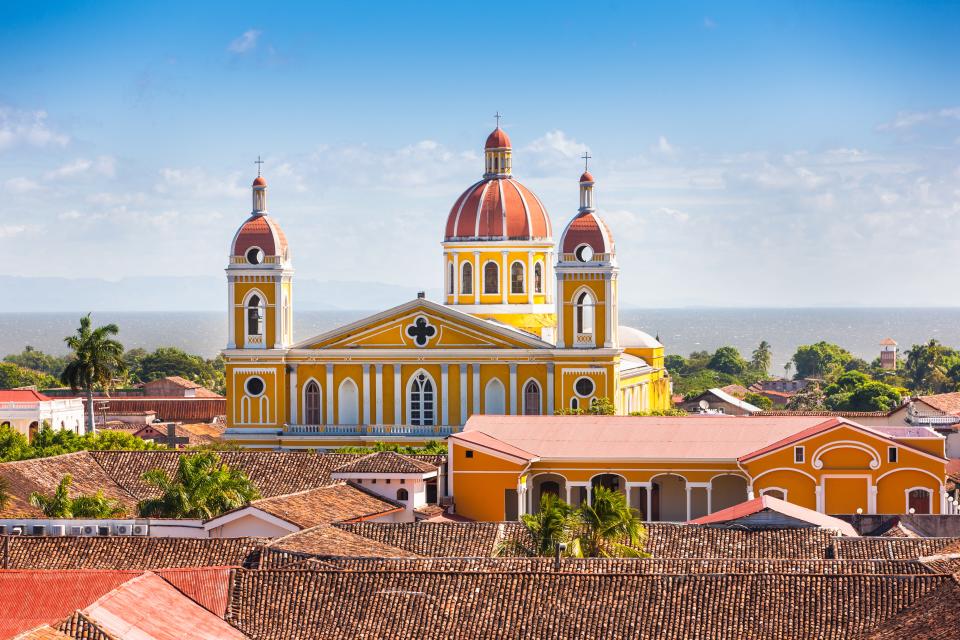Central and South America Travel Restrictions: A Country-by-Country Guide
As a region, the Americas have been especially hard hit by COVID-19, from the U.S. and Mexico down to Brazil. But in North America, things have been quicker to return to a sense of normalcy; stateside, vaccine rollout has been swift compared with much of the world, and American travelers are starting to plan trips abroad. Meanwhile, South American countries including Brazil, Argentina, and Colombia are continuing to grapple with the threat of the virus, with hot spots persisting. Peru, for example, just reported that COVID-19 has killed more than 180,000 of its people, the world's highest death toll relative to population.
While Central America's outbreaks were generally less severe throughout much of the pandemic, economies shut down similarly over the past 12 months—and some are just now experiencing their first COVID case spikes, including Costa Rica and Panama (both of which are open to travelers).
Some of the hardest hit countries in the Americas have been among the first to re-open their borders, with Brazil resuming flights last July, Colombia following suit mid-September, and Peru close behind in October. Some have since added more restrictions during second and third waves—Brazil, for example, now requires a negative COVID-19 test result upon entry. Bolivia, which is currently experiencing an uptick in cases, remains the only country in the region with a quarantine requirement still in place. Other popular tourist destinations, like Chile and Uruguay, are closed to tourism completely.
While each country's situation is constantly evolving, we've pulled together the current travel restrictions in Central America and South America, from mandatory quarantines to pre-testing requirements, for 15 countries in the region. Read on for the entry requirements to know before booking any travel.
This article has been updated with new information since its original publish date.
Central America
Costa Rica has been open to all travelers since last year, with visitors arriving by air or land no longer required to bring a negative PCR test or to quarantine upon arrival. (Marine entry by yacht or sailboat is currently allowed, with a quarantine exemption for travelers who have been at sea for over 14 days and have not made any stops—those not meeting that criteria should contact seguros.marinas@ict.go.cr.)
All travelers are required to complete an online Health Pass form within 72 hours prior to departure, and to have health insurance that covers emergency medical and accommodation costs, in the event that a traveler gets sick or needs to quarantine. Previously, insurance plans had to be purchased from Costa Rican companies to meet the entry requirements; now, travelers can purchase an international policy or local policy, with further criteria depending on which you choose (international plans must have coverage up to $50,000 USD, for example, whereas Costa Rican plans must only cover up to $20,000—full details here). Travelers just passing through the country must have an insurance policy with a minimum coverage of five days.
Additionally, all travelers must have a return ticket to show upon arrival, with a departure date that falls within the allowed length of stay (which is determined by nationality).

Costa Rica Punta Islita Beach Guanacaste Sunset
Belize has reopened to all travelers. Fully vaccinated individuals who have received their final vaccine dose at least two weeks prior can enter with their official vaccine card. Those unable to provide proof of immunization are asked to bring a negative COVID-19 test (PCR tests must be taken within 96 hours prior to travel; Rapid Antigen and similar tests must be taken within 48 hours of travel), or take a test upon arrival. Children under age 5 are exempt from the testing requirement.
Panama is requiring that all visitors present a negative COVID-19 test taken within 48 hours prior to arrival, or pay $50 for a test upon arrival. Travelers are also required to sign an online affidavit before checking in for their flight, which acknowledges where they are staying in Panama and that the individual has not exhibited symptoms or been in contact with a known COVID-19 case within the last 14 days. Note that all travelers arriving from South America, India, South Africa, or the United Kingdom (and anyone who has transited through one of those locations in the last 15 days) will be required to take an additional COVID test upon arrival for a cost of $85. Those who test positive will be required to quarantine in a hotel facility for 14 days (such stays are provided free of charge); those who test negative will still be required to quarantine, but only for three days, in either a facility (still free of charge) or in an authorized hotel of their choice (for which they pay). All travelers must take another test three days after arrival.
Guatemala is open to most travelers, and all arrivals are required to present evidence of either a negative COVID-19 test taken within 72 hours prior to arrival, full vaccination, or recovery from COVID-19 within the past three months. Entry is restricted for those who have originated or transited through any airports within the U.K., Brazil, or South Africa in the past 14 days.

Cathedral of Granada, Nicaragua
El Salvador is allowing travelers entry with negative PCR test results taken within 72 hours of boarding, as are Nicaragua and Honduras (the latter is also asking travelers to complete an immigration pre-check form within 48 hours of arrival, to be printed and carried with them).
South America
Ecuador is open to U.S. travelers with proof of vaccination, recovery from COVID-19 within the past 30 days, or a negative PCR test taken within the three days prior to arrival.
Colombia is no longer requiring travelers to present a negative test for entry. Now, the requirement is to just complete a migration form 24 hours before flying in order to enter and exit the country. Travelers are also asked to check into their flight to Colombia a full three hours before departure.
Brazil is currently requiring anyone flying into the country to present a completed Traveler's Health Declaration (DSV) and negative test taken with 72 hours of boarding (results must be in English, Spanish, or Portuguese). Children under age 12 who are traveling with an adult companion are exempt from this requirement, as are all children under age 2.

View of Machu Picchu as seen from the Inca Trail
Peru is open to U.S. travelers, although entry has been suspended for anyone who has traveled through Europe or South Africa in the past 14 days. A negative PCR or antigen test taken within 72 hours prior to boarding is required. Children under the age of 12 can alternatively present a certificate of good health from their doctor. All passengers are also required to complete an affidavit of health before entering.
U.S. citizens may enter Bolivia, though there are both testing and quarantine requirements in place. All travelers over the age of five must arrive with a negative PCR test taken with 72 hours of departure, and then must quarantine for at least 10 days after entering Bolivia. A second PCR test must be taken on day seven, at the the traveler's expense (there are government-run testing sites around Bolivia run by the Servicio Departamental de Salud, or SEDES). Travelers must also provide a sworn statement of the address they will be staying at while in the country, as well as proof of health insurance.
Chile, Uruguay, and Argentina remain closed to U.S. travelers.
We’re reporting on how COVID-19 impacts travel on a daily basis. Find our latest coronavirus coverage here, or visit our complete guide to COVID-19 and travel.
Originally Appeared on Condé Nast Traveler

